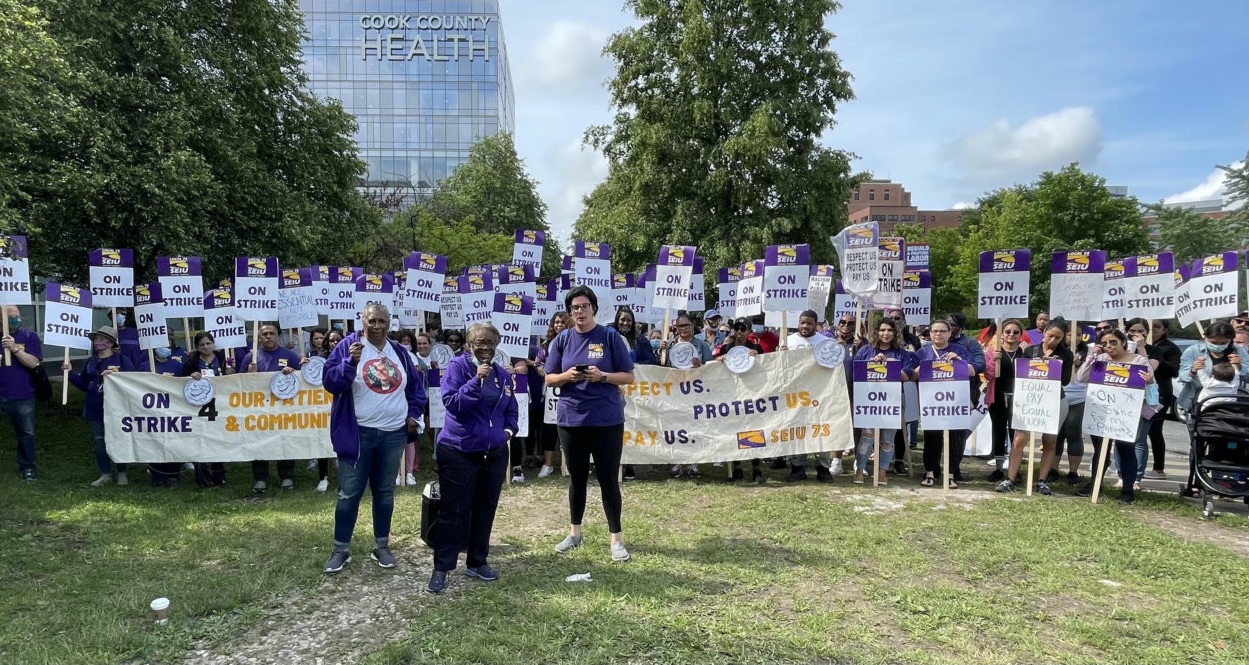Trudeau taps a former labour leader and a mayor to fill Senate vacancies
Hassan Yussuff only left the Canadian Labour Congress last week
Prime Minister Justin Trudeau announced three new Senate appointments today — a former national union leader, the current mayor of Cornwall, Ont. and the CEO of Port Saint John — as he chips away at the 15 vacancies that have piled up in the Red Chamber over the past two years.
With these new picks, Trudeau has now installed 55 senators in the upper house — an unusually large number of appointments for a single prime minister.
More than half of all sitting senators were appointed by Trudeau. Former prime minister Stephen Harper let vacancies in the place pile up as the 2013-15 expenses scandal raged on, leaving Trudeau with more opportunities to appoint senators friendly to his push for an independent Senate.
Hassan Yussuff — who, until just last week, was the president of the Canadian Labour Congress (CLC) — will represent Ontario in the Senate.
The Guyana-born labour leader was accused by some within the union movement of being too cozy with the governing Liberals.
At its convention last week, the CLC affirmed its longstanding support for the New Democratic Party over the objections of Yussuff and others who said they favoured a more "pragmatic" approach to political alliances.
While at the CLC, the country's largest labour organization, Yussuff was tapped by the Liberal government to serve on a number of advisory bodies, including the NAFTA Council, the Task Force on Just Transition for Canadian Coal Power Workers and Communities and the Net-Zero Advisory Body.
Before taking the reins of the CLC, Yussuff worked at the now-defunct Canadian Auto Workers union. Yussuff was the first person of colour to hold an executive position at the CLC. He has received numerous leadership awards and honorary doctorates from two universities.
Asked by CBC News last week if he was open to a Senate appointment, Yussuff was non-committal. "I am going to be open to anything that I think I can contribute to," he said. "If I feel I can make a contribution, I will seriously think about it."
While Yussuff's appointment comes very soon after he ended his service at the CLC, the Prime Minister's Office (PMO) said the three picks announced Tuesday were all "recommended by the Independent Advisory Board for Senate Appointments" and chosen using the "merit-based" application process that is open to all Canadians.
Joining Yussuff in the Senate is another leader with past Liberal ties. The current mayor of Cornwall, Ont., Bernadette Clement, will also represent Ontario.
Clement ran under the Liberal banner in the 2011 and 2015 federal elections in the riding of Stormont—Dundas—South Glengarry and lost. Clement was born to a Franco-Manitoban mother and a father from Trinidad. Clement is the first Black woman to serve as a mayor in Ontario.
Clement, a lawyer by trade, also serves as the executive director of the Roy McMurtry Legal Clinic, a non-profit that offers legal advice, services and representation to low-income people in Cornwall and the surrounding area.

James Quinn, the current president and CEO of Port Saint John, will soon represent New Brunswick in the upper house.
Before his work in the private sector, Quinn spent decades in government. According to the biography supplied by the PMO, Quinn worked for 32 years in senior roles with the Canadian Coast Guard, both at sea and on shore, as well as with several other federal government departments. He served as the chief financial officer at the Canadian International Development Agency (CIDA).
Quinn is also an honorary lieutenant-colonel with the 3rd Field Artillery Regiment (The Loyal Company), 5th Canadian Division of the Canadian Army.
"Ms. Clement, Mr. Yussuff, and Mr. Quinn are exemplary public servants and community leaders who have dedicated their careers to making a difference in the lives of others. I look forward to working with them, and all senators, as we continue to fight the global COVID-19 pandemic, take steps toward our recovery and build back a more resilient and inclusive Canada for everyone," Trudeau said in a media statement.
Under the Constitution, the governor general formally appoints senators to the upper house from a list of names supplied by the prime minister.
That vice-regal post has been vacant for six months since former governor general Julie Payette resigned amid scandal in January. Supreme Court of Canada Chief Justice Richard Wagner has been serving as the country's "administrator" since that resignation.
Like the 52 other senators Trudeau appointed before today, the three new picks are expected to sit as independent senators.
There are now five different caucuses and groups in the Senate — and the Liberal/Conservative duopoly that once defined the chamber has been dismantled.














